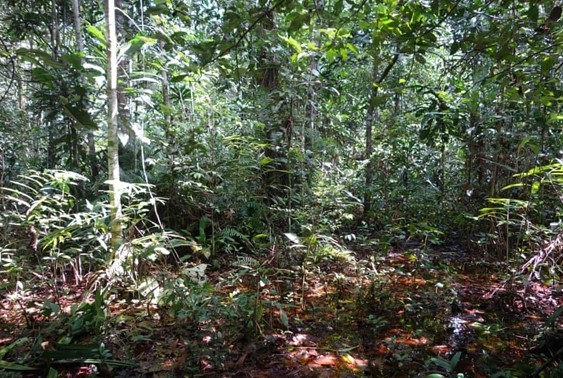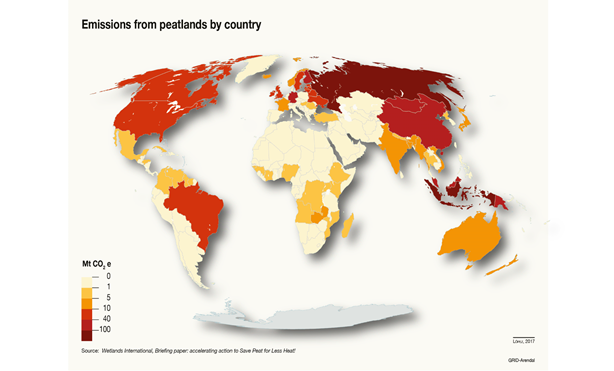The Congolese Peatlands are a carbon sink the size of England.
Buried deep in the heart of the second largest tropical rainforest lies the world’s largest tropical peatland: Cuvette Centrale in Congo covers a surface area of 145,500 sq km and stores the equivalent of three year’s worth of world’s total fossil fuel emissions. Discovered only 3 years ago scientists have realised that the swamps lock in 30bn tonnes of carbon, which should probably stay there for the sake of the planet.
Your Healing Crystals are Funding the Taliban and Destroying the Environment
So what are Peatlands?
Peatlands are a type of wetland ecosystem consisting largely of peat—an accumulation of partially decayed vegetation or organic matter—This happens due to the water-heavy conditions which slow down the process of decomposition to an extent that the dead plant material builds up and becomes several metres thick: turning into peat.
Peatlands Can Slow Down Climate Change:

Cuvette Centrale – Congo- the world’s largest tropical Peatland
Today peatlands cover 3% of the world’s total land surface, yet they are the largest natural terrestrial carbon store, containing 550 gigatonnes of carbon—exceeding the amount of carbon stored in world’s forests. Restoring peatlands is a cost-effective way of reducing carbon and ensuring that billions of tonnes of carbon are not released into the atmosphere.
Congo’s Carbon Sink
Due to the peatlands remote location they currently relatively undisturbed. However, they are also unregulated meaning that agriculture expansion of palm oil and deforestation could threaten this pristine area. Conservation of the Cuvette Central would ensure that billions of carbon remained stored, dampening the effects of climate change whilst maintaining a biodiverse ecosystem and habitat intact.

Global Peatland Carbon Emission by country













